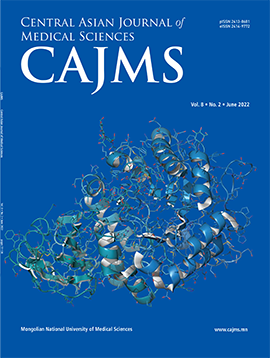Antiviral Efficacy and Safety of Tenofovir Alafenamide Compared to Tenofovir Disoproxil Fumarate in the Treatment of Chronic Hepatitis B
DOI:
https://doi.org/10.24079/cajms.2020.12.003Keywords:
Hepatitis B, Tenofovir Alafenamide Fumarate, Tenofovir Disoproxil Fumarate, Adverse Effects, SafetyAbstract
Objectives: To provide compare of the efficacy and safety tenofovir alafenamide (TAF) to tenofovir disoproxil fumarate (TDF) in patients with HBeAg-negative and HBeAg-positive chronic hepatitis B. Methods: We performed a randomized, unblinded, non-inferiority study in which patients with compensated cirrhosis (Child-Pugh A and B stage) between 18-70 years old with a positive chronic hepatitis B test were randomized to receive either TAF, TDF, or were switched from TDF to TAF. The primary efficacy endpoint was the proportion of patients with HBV-DNA < 29 IU/ml at week 48. Results: The efficacy endpoint, an HBV-DNA < 29 IU/ ml at weeks 48, was achieved by 251 (79.9 %) of 314 patients receiving TAF, which was not significantly different from the 113 (74.8 %) of 151 patients receiving TDF. After 48 weeks of treatment, patients receiving TAF had significantly smaller bone mineral density reductions than patients receiving TDF. At week 48, the median decrease in eGFR was significantly less in the TAF recipients than the TDF recipients. Conclusion: TAF treatment has the same efficacy as TDF treatment. However, TAF treatment had a better safety profile than TDF. Patients receiving TAF had a significantly smaller median decrease in the eGFR by the Cockcroft-Gault equation than patients receiving TDF.
Downloads
206
Downloads
Published
How to Cite
Issue
Section
License
Copyright (c) 2020 Mongolian National University of Medical Sciences

This work is licensed under a Creative Commons Attribution-NonCommercial 4.0 International License.




